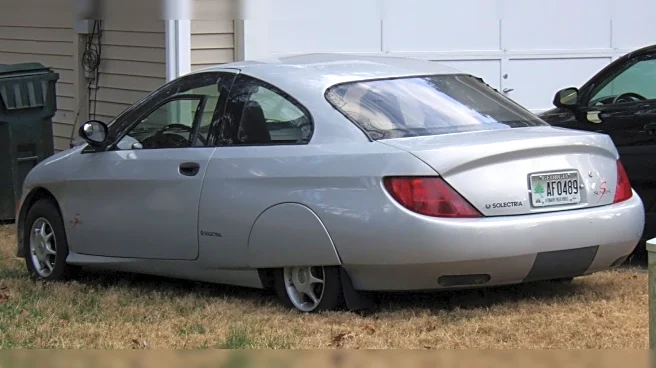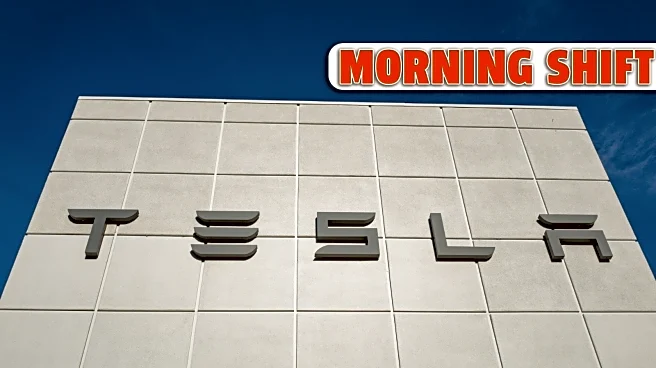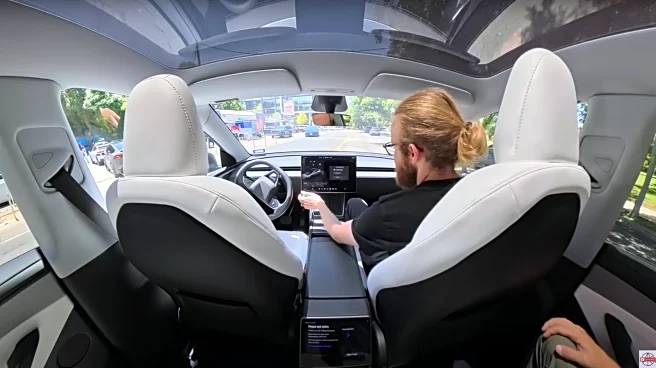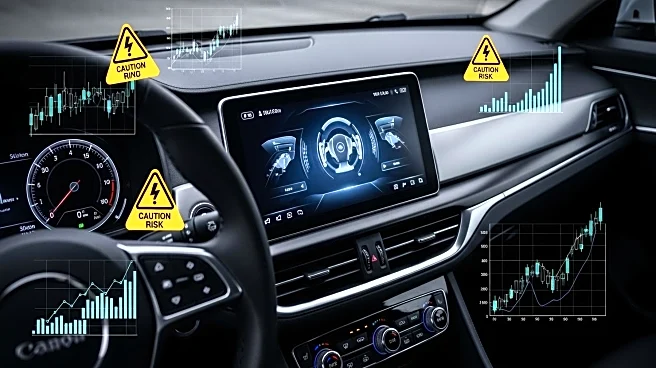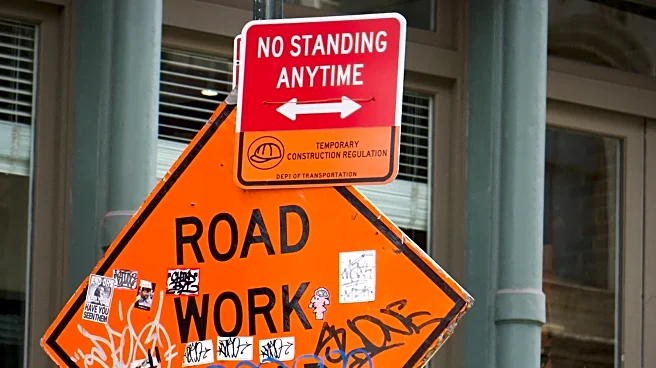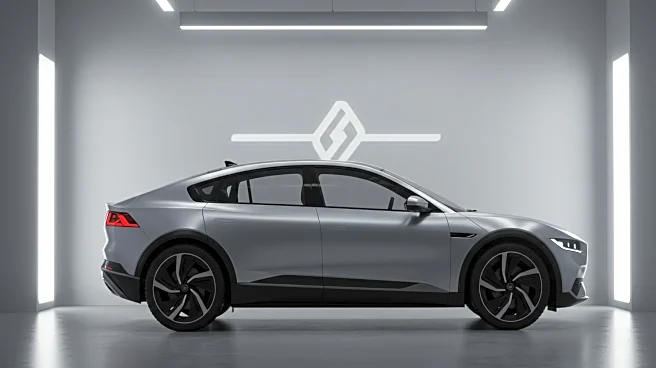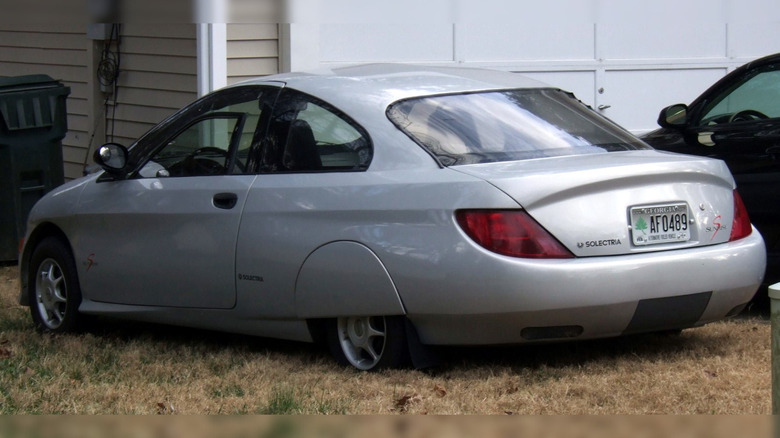
In the mid-1990s, a small American company called Solectria stunned the electric vehicle world. Their prototype, the Sunrise, managed a feat few would have thought possible for its time -- a driving range of 375 miles on a single charge. That's just 35 miles shy of what's possible in a 2025 Tesla Model S, for reference.
The Sunrise achieved this record at the 1996 American Tour de Sol, a competition focused on energy-efficient driving. Using nickel-metal hydride (NiMH) batteries and extreme hypermiling
techniques, the car conquered the 375-mile drive. In normal driving, it still achieved impressive distances, covering 217 miles between New York City and Boston at highway speeds on a single charge.
From a technical standpoint, the Sunrise was built for efficiency from the ground up. Its body and chassis were made entirely of composite materials, contributing to a final battery-laden weight of just 2,300 pounds. Aerodynamics were another secret weapon: a coefficient of drag of just 0.17, better even than the Honda Insight, which enjoys a huge cult following today.
Under the hood, this forward-thinking EV used a 67-horsepower Solectria AC24 induction motor paired with a Geo Metro transaxle, with suspension and brake parts also borrowed from the Geo Metro and Dodge Neon. Unlike the Plaid, performance wasn't the Solectria's strong point - it would take a full 17 seconds for the Sunrise to crack 60 mph.
Read more: 5 Of The Worst Car Trends We've Ever Seen
How The Sunrise Came To Be And Why It Disappeared
The Solectria Sunrise was the brainchild of James Worden, an MIT graduate who began building electric go-karts and solar cars in the early 1980s. By 1989, Worden and his future wife Anita Rajan had founded Solectria Corporation, initially selling electric drive components before later moving into full vehicle conversions. Their first attempt, the Solectria Force, was a converted Geo Metro that could manage up to 100 miles on advanced batteries -- impressive, sure, but a world away from the Sunrise that would impress in the following decade.
That project started as Worden's dream of creating a lightweight, low-cost, ground-up electric car. Designed first by Richard Gresens and refined by engineer and racer James Kuo, the vehicle caught the attention of investors who were keen to see the dream come to life. Sadly, Solectria's big vision wouldn't end up taking the world, or even California, by storm. A lack of large-scale manufacturing experience hindered the project, and by 1995, California began dismantling its Zero-Emission Vehicle mandate under pressure from automakers and the oil industry. Without the legislative push, mass demand for ultra-efficient EVs weakened.
Still, Solectria pushed forward, producing a handful of Sunrise prototypes. The company planned a 1997 launch at under $20,000, but the production never materialized. In total, the company built only a few Sunrises and about 400 EVs of all types before scrapping their production car dreams.
Want the latest in tech and auto trends? Subscribe to our free newsletter for the latest headlines, expert guides, and how-to tips, one email at a time.
Read the original article on SlashGear.
